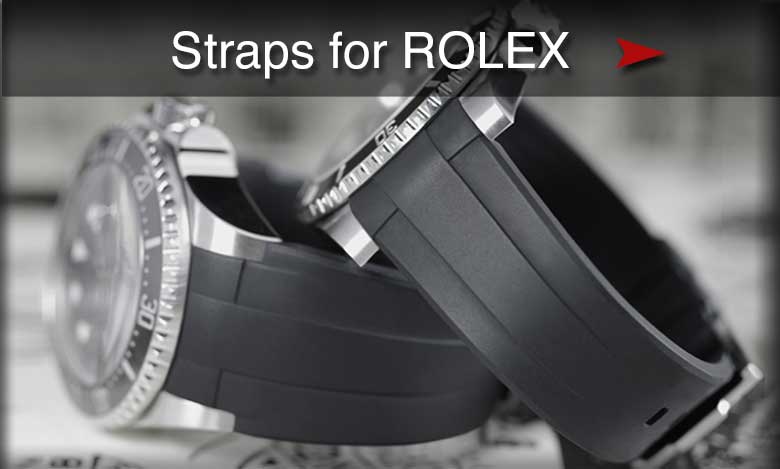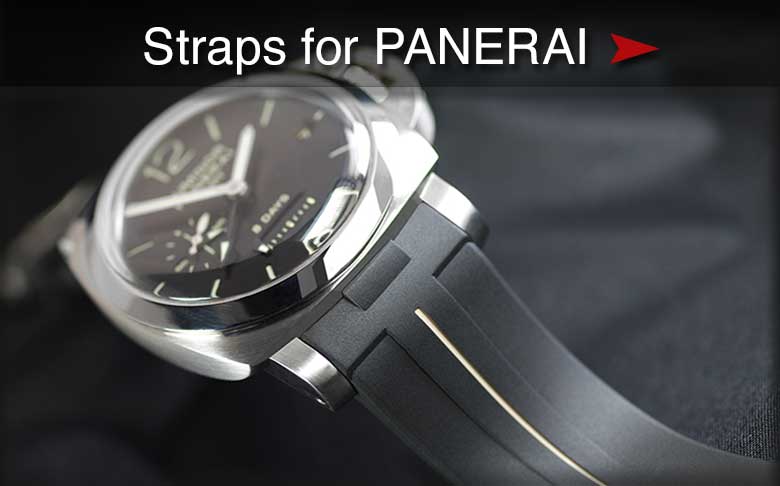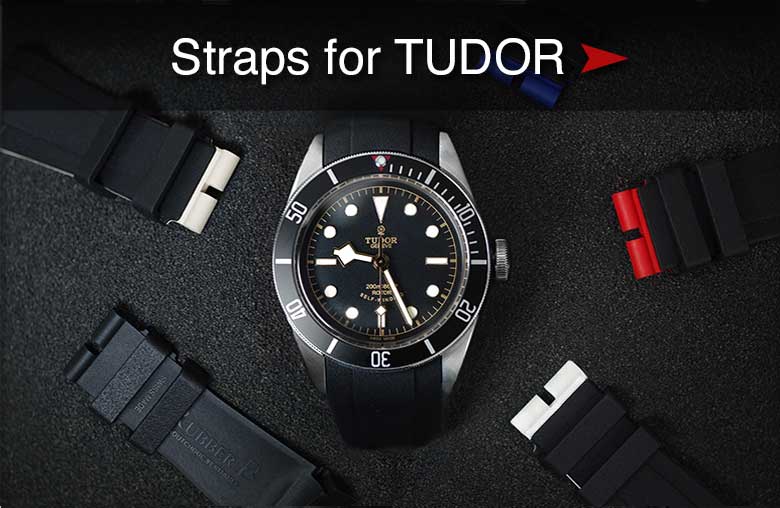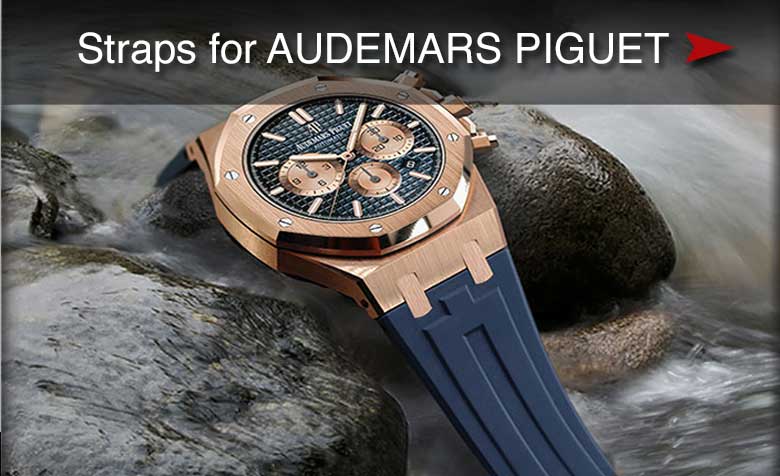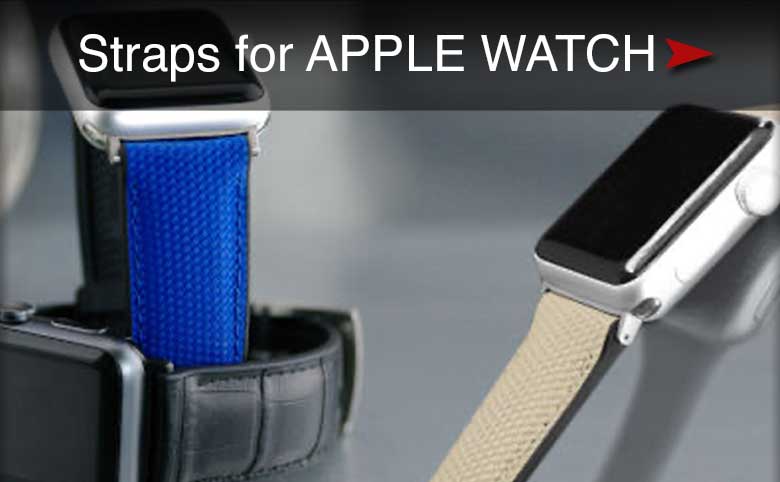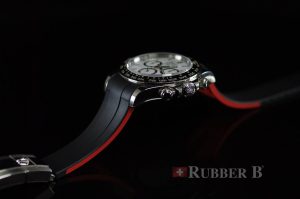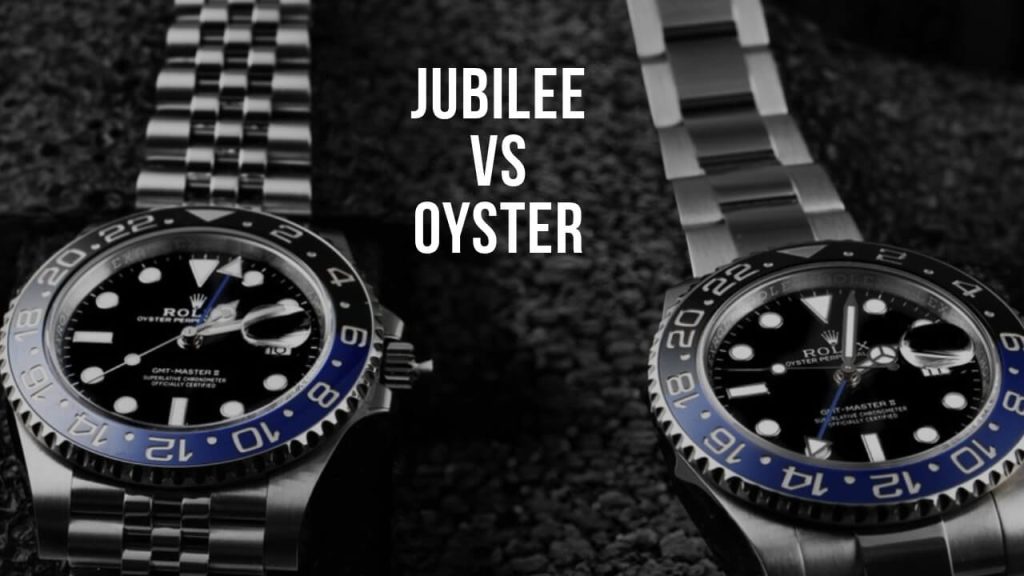
One of the many reasons that Rolex has become such an iconic brand among watch collectors is its usage of distinctive designs and styles. Their bracelets, such as the Jubilee and the Oyster, have become instantly recognizable among even non-experienced collectors, and have only helped to further the brand’s mythos over time.
In this newest iteration of our long-running “Vs.” series, we are going to deviate ever so slightly from how we normally approach these segments. Oftentimes, we will compare two watches from different brands and evaluate them on a variety of factors. In this instance, we are not going to be reviewing an entire watch, but just one component of the timepiece – the bracelet. Additionally, they will be from the same brand – Rolex – which leads to some very interesting questions. Rolex is not often asked to compete against itself – how will these two iconic bracelets fare when placed against one another in competition? Read more of our Jubilee vs Oyster review to find out.
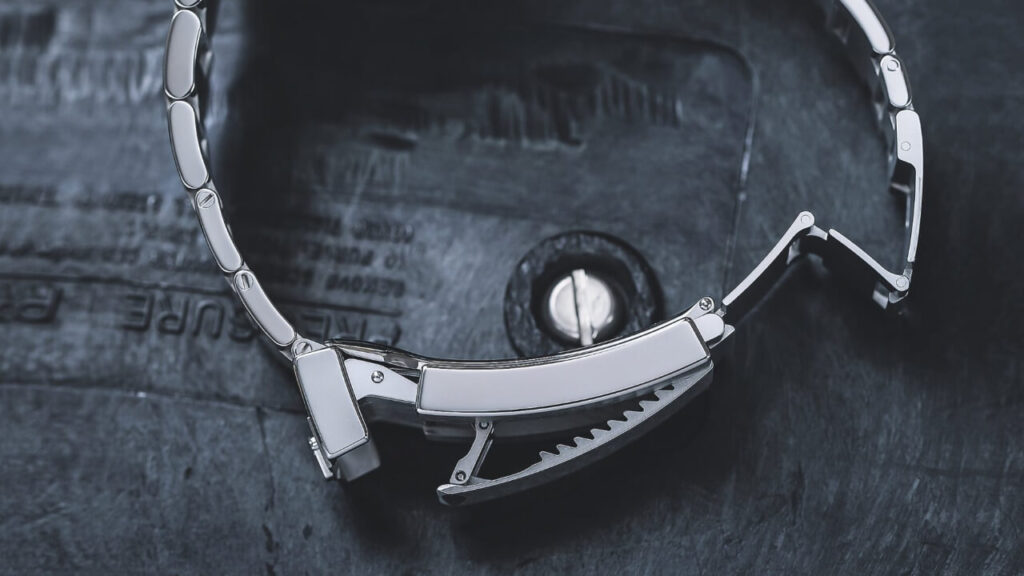
Simplicity of Style
The Oyster is the original Rolex bracelet and was first made available in the 1930’s. Even though improvements have been made to it over time from an engineering standpoint, the design of the piece has largely stayed the same. This is intentional on Rolex’s part, as they very much subscribe to a “if it’s not broken, don’t fix it” mentality – which has largely served them well over the last century.
With that being said, there’s a clear winner in this category, and that’s the Oyster – if you’re looking for something calm and understated, that is. On the other hand, if you are looking for something dressier, then the Jubilee will certainly be a better fit for you.
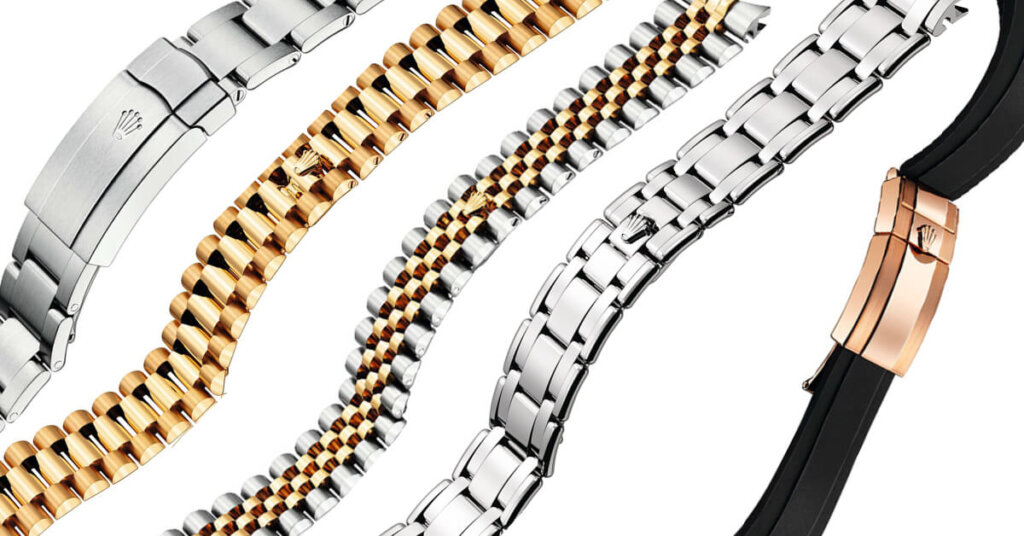
Overall Bracelet Comfort
This is arguably the hardest category to evaluate, as it is completely subjective how comfortable an individual will find a watch bracelet to be. Anecdotally, many regular wearers have said that they find the Jubilee bracelet to be more comfortable, and there is a logical reason behind this – albeit not a readily apparent one unless you know what to look for.
The Jubilee watchband has smaller links on it, which help it to more easily align with the wearer’s wrist. When one takes this ergonomic design into account, it makes more sense that more wearers might find the Jubilee the more comfortable option.

Durability of Bracelet
Historically, this category would have seen the Oyster as the victor, as that bracelet was designed for tool watches, which are meant to be especially durable and operate in any condition. Additionally, when it was first released, the Jubilee bracelet had problems with unintended stretching, which is a common issue among older Rolex watches.
However, with modern watches, the Jubilee’s design does tend to hide scratches better, and again, this comes down to the engineering of the bracelet. It is comprised of tiny arches, which means there is less surface area available to be scratched, thus increasing its durability.
Pricing of Bracelet
In contrast to the comfort category, this is the easiest category to make a ruling on, as one simply has to look at the numbers to verify the cost of each of these watch bands. In this instance, the Oyster is clearly cheaper, often by several hundred dollars. However, if you’re planning on purchasing a Rolex in the first place, that price point ends up being fairly negligible. It also makes sense when one takes into account that the Jubilee is used on dress watches.
Jubilee vs Oyster – Our Final Opinion
If you’re been keeping tally throughout, the Oyster has won on simplicity of style and pricing, while the Jubilee is more comfortable and durable, giving each bracelet two points. Is there a clear winner here?
As with so many things, it ultimately comes down to what you are looking for in a watch bracelet. Those concerned with durability and something dressier will likely choose the Jubilee, while those looking for something more understated would be better suited to the Oyster band.
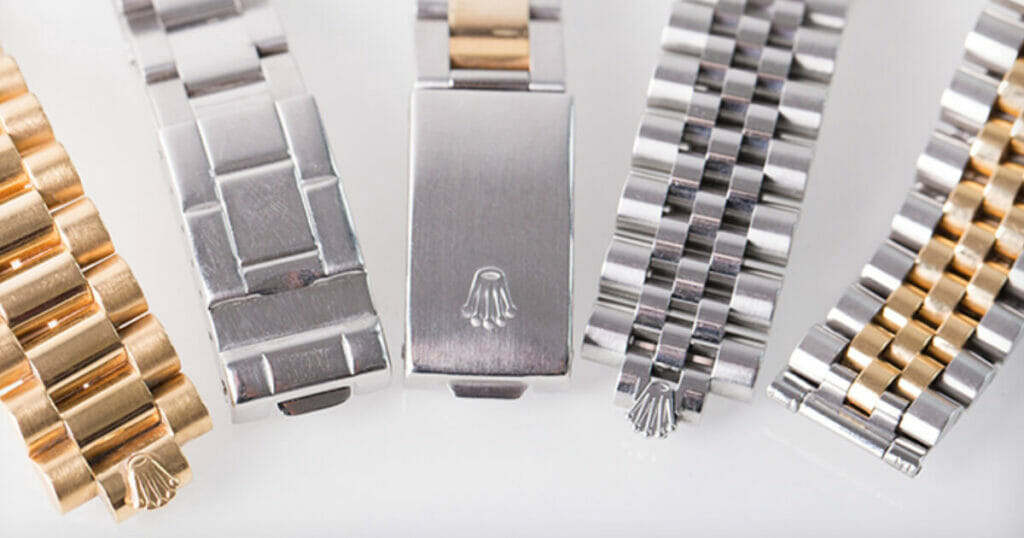
What Separates Rubber B From Other Watch Straps?
A pre-eminent creator of custom rubber watch straps, Rubber B has spent the last several years crafting watch straps for watches for some of the most highly respected watchmakers in both Europe and North America. Rubber B offers integrated rubber straps for Rolex, Panerai, Patek Philippe, Audemars Piguet, Tudor, and IWC. Additionally, Rubber B provides universal straps for various watches based on their lug space. Rubber B has a wide selection of colors, styles, and materials to choose from for these timepieces, and all of these straps are made exclusively from 100% vulcanized rubber.
Rubber B was the first company ever to invent rubber straps for Rolex watches. In June 2011, Rubber B introduced never-seen-before integrated rubber straps for specific Rolex watch models, such as the Daytona and the Submariner. Rubber B revolutionized the luxury watch industry by providing the only alternative to the original Rolex bracelet, one that seamlessly fits the watch case and integrates with the Rolex clasp. All Rubber B straps are 100% Swiss-made by leaders in the luxury horology industry.
Rubber B watch straps do not contain any coating, blends, or bonding, and every strap undergoes rigorous testing to ensure that it meets quality control standards.
Do You Need a Custom Rubber Watch Band For Your Luxury Watch? Visit Rubber B Today
For those who would like to learn more about Rubber B’s complete list of products, shipping policies, and pricing, or have questions about their custom rubber watch straps, please visit the Rubber B website today for more information. One of their valued team members will be happy to answer any inquiries promptly.
Follow Us on Instagram
